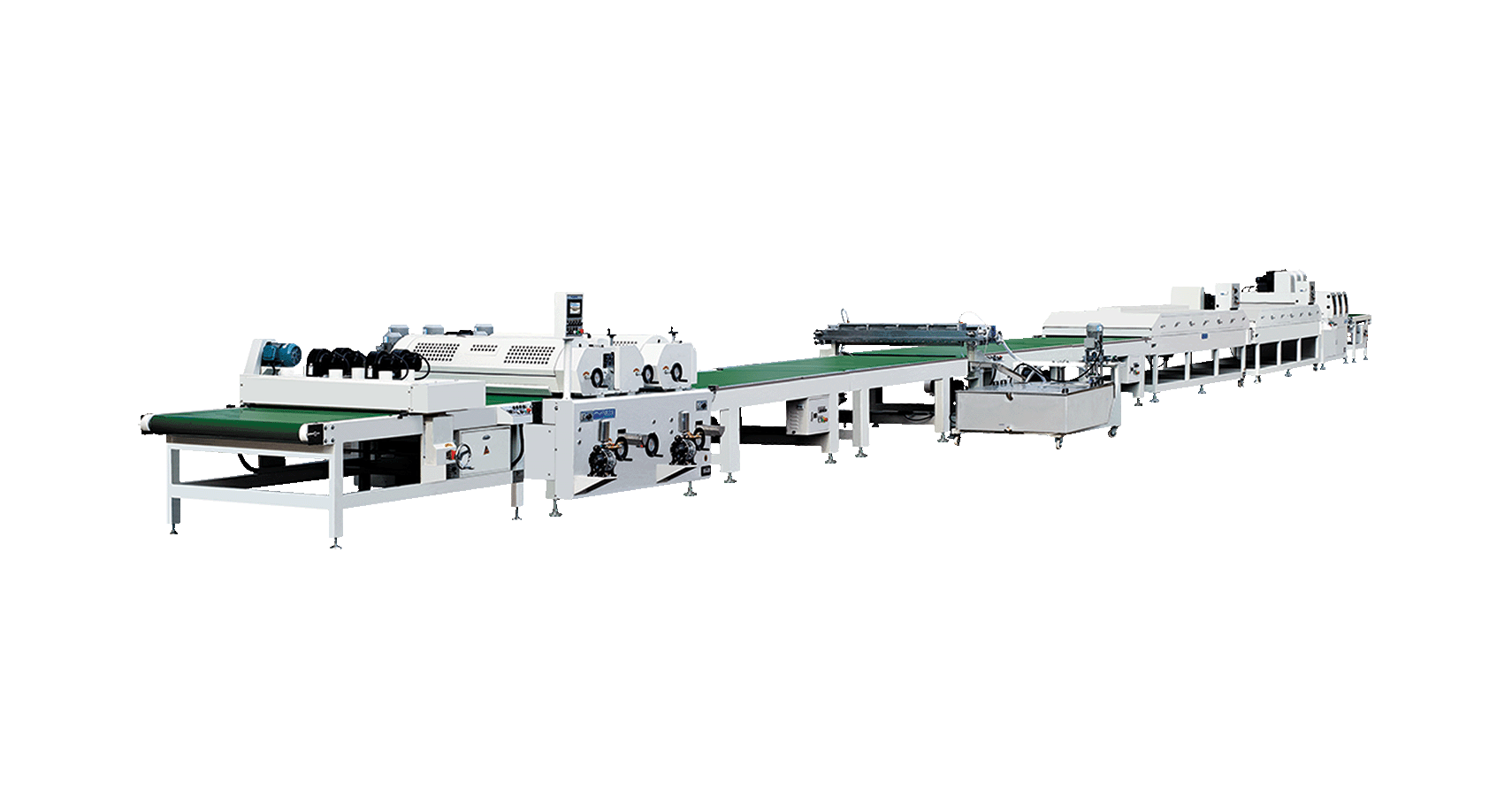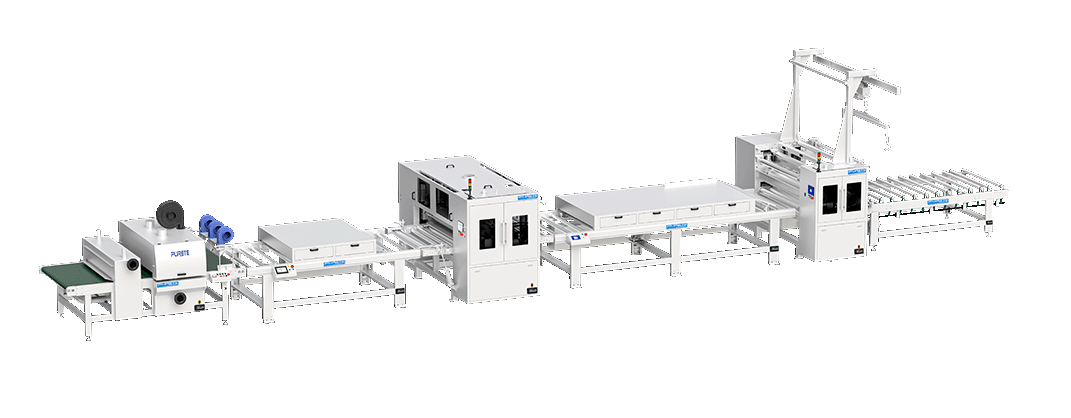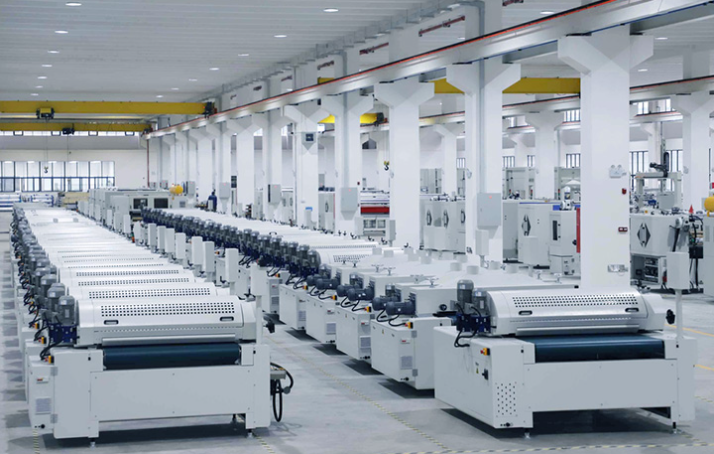Selection Guide for Automatic Spray Painting Machine Systems
 November 29, 2024
November 29, 2024 Hits:1273second
Hits:1273secondChoosing the right automatic spray painting machine system is crucial for ensuring optimal performance, quality finishes, and cost efficiency in industrial applications. When selecting a system, several factors must be considered, ranging from the specific requirements of the project to the long-term operational goals of the business. Below is a comprehensive guide to help you make an informed decision.
1. Understand the Application Requirements
· Type of Surface: Different materials (metal, wood, plastic, glass) require different spray techniques and settings. Identify the materials you will be painting and choose a system that works effectively with those substrates.
· Coating Type: Determine the type of coating to be applied—whether it’s water-based, solvent-based, powder coating, or another material. The system must be compatible with these coating types.
· Finish Quality: Define the level of finish required. Some industries may require high-gloss, smooth finishes (e.g., automotive or consumer electronics), while others may need durable, matte finishes (e.g., industrial parts).
2. Machine Type and Features
· Spray Mechanism:
o Airless Spraying: Ideal for large surface areas, providing a fast, high-volume application with minimal overspray.
o Electrostatic Spraying: Uses electrically charged paint particles, ideal for precise and consistent finishes, especially on metal surfaces.
o HVLP (High Volume Low Pressure): Provides a fine, controlled spray with reduced overspray, suitable for detailed and smaller applications.
· Automation Level:
o Robotic Systems: Highly automated, suitable for complex, high-volume applications like automotive painting.
o Semi-Automatic Systems: Offers a mix of manual and automated control, ideal for flexible, medium-scale operations.
· Adjustability: Look for systems that allow easy adjustments for spray pattern, speed, flow rate, and air pressure, ensuring flexibility in operation.
3. Production Volume and Throughput
· Scalability: Choose a system that can handle the required volume of work and can be scaled up as production needs grow.
· Cycle Time: Consider systems that offer quick turnaround times without sacrificing quality to meet high production demands.
· Continuous vs. Batch Production: For industries with high-demand cycles (e.g., automotive), a continuous spray system might be more effective, while smaller batch operations may benefit from a flexible semi-automatic system.
4. Precision and Control
· Spray Pattern Control: Ensure the system allows for adjustments in spray patterns, whether fan-shaped, circular, or oval, to suit the surface and coating type.
· Robotic Arms vs. Fixed Guns: For more complex shapes or parts, robotic arms provide greater precision and flexibility, while fixed spray guns are simpler and more economical for flat surfaces.
· Digital Controls and Software: Systems with intuitive software or touchscreens offer better control, monitoring, and data collection. Consider a system with integrated software for process optimization and real-time adjustments.
5. Environmental Considerations
· VOC and Overspray Control: Look for systems that minimize volatile organic compound (VOC) emissions and reduce paint waste. Features such as exhaust systems, spray booths, and filtration are essential for reducing environmental impact.
· Energy Efficiency: Consider energy-efficient systems to reduce operational costs. Some models may include features like automated spray shutoffs when not in use to conserve power.
· Compliance with Regulations: Ensure the system meets local and international environmental standards, including those related to emissions, waste, and air quality.
6. Maintenance and Durability
· Ease of Maintenance: Choose a system that is easy to clean and maintain. Regular maintenance reduces downtime and extends the life of the machine. Look for modular designs with easily replaceable parts.
· Durability: Invest in systems made from high-quality materials that can withstand the demands of industrial environments. Corrosion-resistant components and rugged construction are important for longevity.
· Diagnostic Features: Machines with self-diagnostics or predictive maintenance features help in identifying issues before they cause significant downtime.
7. Cost Considerations
· Initial Investment: Assess your budget and choose a system that offers the best value for the required features. Higher-end robotic systems typically come with a higher initial cost, but they can save money in the long run through efficiency.
· Operating Costs: Factor in costs related to materials, power consumption, and labor savings over time. Energy-efficient and low-maintenance systems can result in long-term cost savings.
· Return on Investment (ROI): Consider how the system will affect your production output, quality, and operational costs. A higher upfront cost may be justified by long-term savings and increased production efficiency.
8. Safety Features
· Operator Safety: Ensure the system includes safety features such as emergency shutoff switches, ventilation systems, and automatic cutoffs for hazardous conditions.
· Fire and Explosion Protection: In applications using flammable materials, consider systems with fire suppression features, explosion-proof components, and proper exhaust systems to safeguard against risks.
· Ergonomics: Choose a system designed with the operator’s safety and comfort in mind, reducing fatigue and injury risks.
9. Support and Training
· Supplier Support: Select a supplier who offers excellent post-sale support, including maintenance, troubleshooting, and spare parts availability.
· Training: Many systems come with operator training packages to help users optimize performance and understand how to operate the system safely and effectively.
· Warranty and Service Plans: Check the warranty period and availability of extended service contracts to protect your investment.
10. Integration with Existing Systems
· Compatibility: Ensure the automatic spray painting system can easily integrate with your existing production line, especially in terms of automation, robotic arms, and control systems.
· Software Integration: Some systems come with software that can connect to enterprise resource planning (ERP) or manufacturing execution systems (MES) for real-time monitoring and reporting.
Selecting the right automatic spray painting machine system involves considering various factors such as application needs, machine features, production scale, environmental impact, and overall cost efficiency. By understanding your requirements and carefully evaluating the available options, you can make an informed choice that enhances your production quality, reduces costs, and increases overall efficiency. Always work closely with experienced suppliers to ensure the system you choose meets both your immediate and long-term needs.
About Purete’s Spray Painting Machine Line
Purete specializes in advanced spray painting machine lines that provide high-quality, efficient, and sustainable painting solutions. Their lines integrate cutting-edge technology such as automated robotic arms, electrostatic spray systems, and precision controls that deliver exceptional consistency and minimal waste. Each system is designed to enhance productivity, reduce environmental impact, and meet strict quality standards. Whether for complex industrial applications or high-volume production, Purete's spray painting machine lines offer a customized solution that adapts to diverse manufacturing needs, ensuring reliable, high-quality finishes every time.















